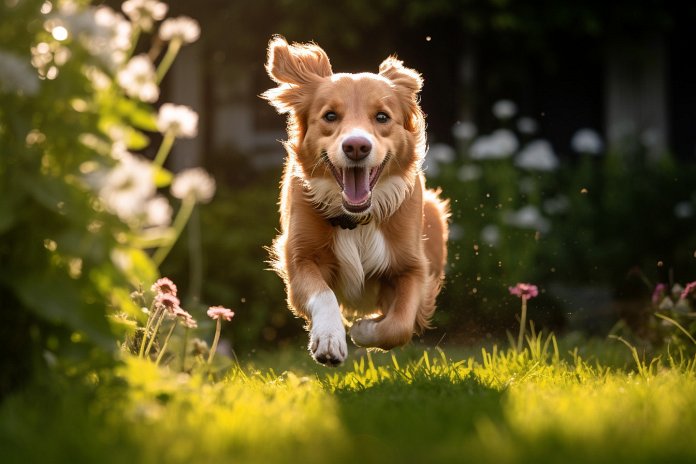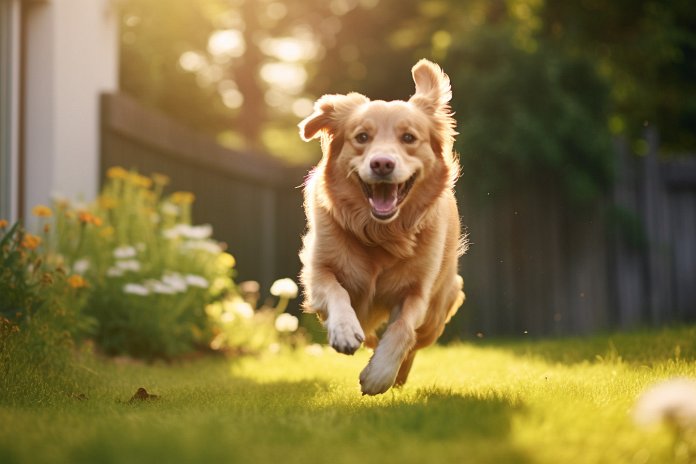
Dog bloating is a common and serious condition that can be life-threatening for your pet. It is important to know the symptoms and signs of bloating in order to identify and treat it promptly. This article will provide information on the signs to look for, the body language your dog may exhibit, and ways to prevent bloating.
Signs Your Dog Might Be Bloating
Bloating in dogs can be more than just overeating, it can be a dangerous condition. Look out for signs such as an enlarged belly, difficulty breathing, excessive drooling, vomiting, pale nose and mouth, and a weak pulse. If any of these signs occur after eating or exercising, it is important to seek veterinary care immediately.
Body Language
Pay attention to your dog’s body language as it may indicate bloating. Signs to watch for include whining, shaking, panting, drooping ears, and weakness.
Other Signs
Additional signs of bloating include a hard and tight stomach, rapid heartbeat, weak pulse, pale gums, an expanding stomach, whining, panting, groaning, fatigue, vomiting or inability to vomit, and excessive drooling.
The History of Bloat
Bloat is a condition that can affect all dogs, but certain breeds such as Great Danes, St. Bernards, Weimaraners, and Irish Setters are at a higher risk. Early studies showed high mortality rates for dogs with bloat, but with proper treatment, the chances of survival have improved.
What is Bloat, Anyway?
Bloat, also known as gastric dilation volvulus (GDV), occurs when a dog’s stomach becomes stretched and rotated due to excessive gas. This is a life-threatening condition, especially in deep-chested dogs. It can be caused by various factors such as overeating, eating too quickly, food obstruction, excessive water consumption, exercising after a large meal, age, and inflammatory bowel disease.
How to Train Your Dog (and yourself) to Avoid Bloat
Preventing bloating is crucial for your dog’s well-being. Consider feeding your dog a raw diet or a specific kibble that won’t expand in the stomach. Train your dog to eat slowly using food puzzles or complex food bowls. It is also important to monitor portion sizes and allow your dog time to digest and rest before exercising. Educate others who interact with your dog to follow these practices as well.
“Bloat in dogs is like a ticking time bomb that needs immediate attention. It’s not about overindulgence, it’s a dangerous condition that can take your furry friend from playtime to peril in a blink of an eye!”

Tips & Things to Know
1️⃣ Dog owners should be vigilant for signs of bloating in their pets. These signs may include an enlarged belly, labored breathing, excessive drooling, vomiting, pale nose and mouth, and a weak pulse. If any of these signs occur after eating or exercising, it’s important to get the dog to a vet immediately.
2️⃣ Some breeds, namely deep-chested ones like Great Danes, St. Bernards, Weimaraners, and Irish Setters, are more predisposed to bloating. Therefore, owners of these breeds should be particularly watchful. Early detection and treatment can greatly reduce the mortality rate from bloating.
3️⃣ Bloating can be prevented through careful feeding habits. Feeding dogs a raw diet or specific types of kibble that won’t expand in their stomachs can help. Additionally, training dogs to eat slowly, using food puzzles or complex food bowls, can prevent them from scarfing down food too quickly. It’s also important to allow dogs time to digest their food before exercising.
Frequently Asked Questions, Answered ✅
1. What are the signs that my dog might be experiencing bloating?
– Signs of bloating in dogs include an oversized belly, labored breathing, lots of drooling, vomiting, paleness in their nose and mouth, and a weak pulse.
2. What are some body language signs that my dog might be bloating?
– Some body language signs of bloating in dogs include whining, shaking, panting, ears dropping, and weakness.
3. What are other symptoms and signs of bloating in dogs?
– Other symptoms and signs of bloating in dogs include a hard, tight stomach, rapid heart rate, pale gums, an oversized belly or expanding stomach, whining, panting, groaning, tiredness and restlessness, vomiting or inability to vomit, and excessive drooling.
4. What breeds are at a higher risk for developing bloat?
– Breeds that are deep-chested, such as Great Danes, St. Bernards, Weimaraners, and Irish Setters, have a higher chance of developing bloat.
5. How can I train my dog and myself to prevent bloating?
– To prevent bloating in your dog, you can train them to eat a raw diet or specific kibble that won’t expand in their stomach. You can also train them to eat slowly using a food puzzle or complex food bowl. It’s important to know how much food to give your dog and allow them time to digest and rest before exercising them.